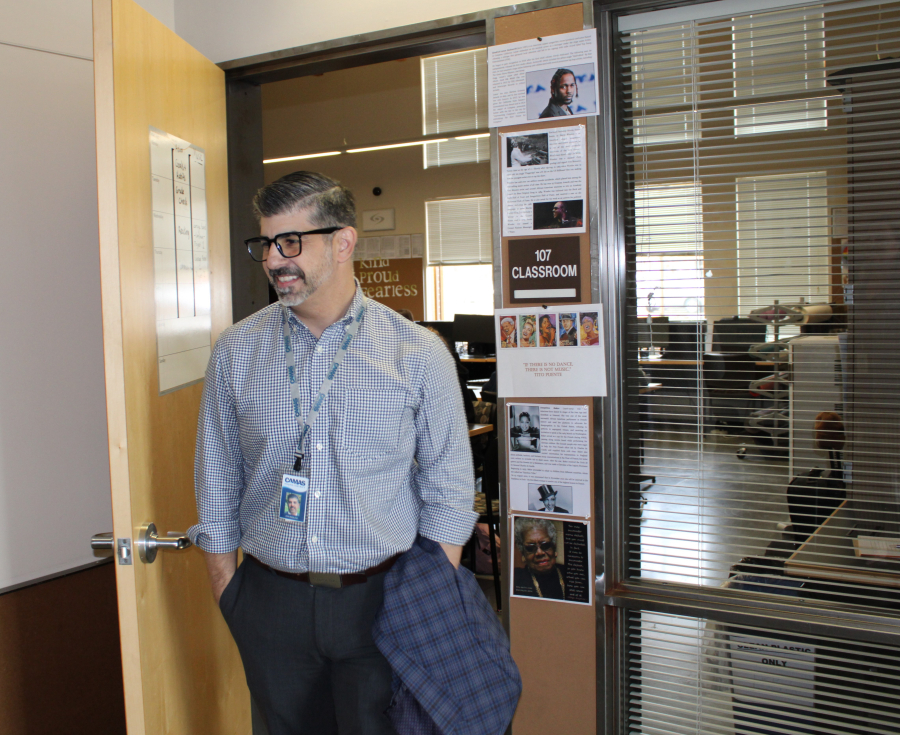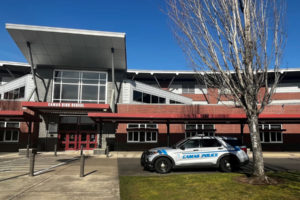It has been six years since Camas School District voters passed a $120 million capital facilities bond to improve capacity and safety throughout the school district, built Discovery High School and Lacamas Lake Elementary School and purchased property to accommodate future schools.
Now, Camas school officials are taking a deeper look at student capacity needs over the next six years.
“We’re looking at the enrollment trends and facility needs going into the future,” Camas School District’s director of business services and operations, Jasen McEathron, told Camas School Board members during the Board’s April 18 workshop. “Plans have changed, right? Enrollment has slowed down. We completed all the projects that we said we’d deliver (in the 2016 bond) and then had an enrollment decline. So we’re sitting in a pretty good spot capacity-wise, but there are some pain points.”
School board members reviewed a draft of the district’s 2022-28 Capital Facilities Plan during the April 18 workshop and are expected to discuss the school district’s six-year building and capacity needs during their regular meeting on May 23.
The district’s 2016 bond may have built enough capacity for existing and new students through 2028, according to the executive summary of the draft six-year Capital Facilities Plan.




